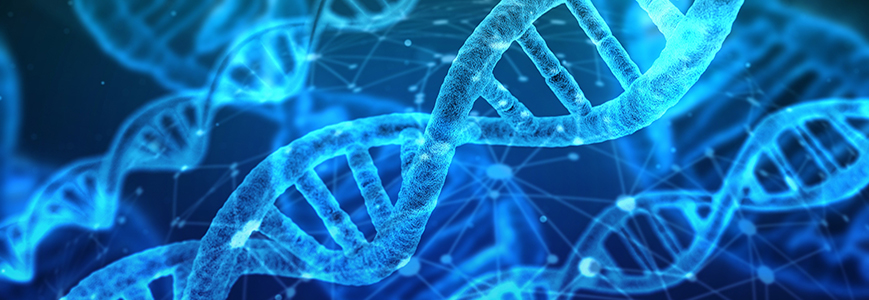Nanotech Artisans Sculpt with DNA

Even better than DNA origami!
It loops, folds, sticks to itself, and contorts into shapes as intricate as a smiley face—all within the confines of a region one-thousandth the diameter of a human cell. DNA is the stuff of life but it also is the dream molecule that scientists building miniature devices love to sculpt. Indeed, strands of DNA can fit together like Lego blocks to make tiny objects of complex shape and structure.
But researchers need to work with much larger groupings of DNA to realize a key goal: building miniature, durable sensors to detect trace amounts of air pollutants, poisonous chemicals, or other molecules. Researchers also envision tiny containers made of DNA would spring open to deliver life-saving drugs to particular organs in the body. Those devices have been difficult to produce because long chains of DNA are floppy and the standard method of assembling long chains is prone to error.
To overcome these problems, PML scientists are using a protein that binds to DNA as a kind of nanoscale rebar, or reinforcing bar, to support the loose DNA scaffolding. Using the rebar, the scientists have constructed several of the largest rectangular, linear, and other shapes ever assembled from DNA. In addition, because the new method requires fewer chemically distinct pieces to build DNA structures, it is likely to reduce the number of errors in constructing the shapes. That’s a big plus for the effort to produce reliable DNA-based devices in large quantities.
Contacts
-
PML webmaster

